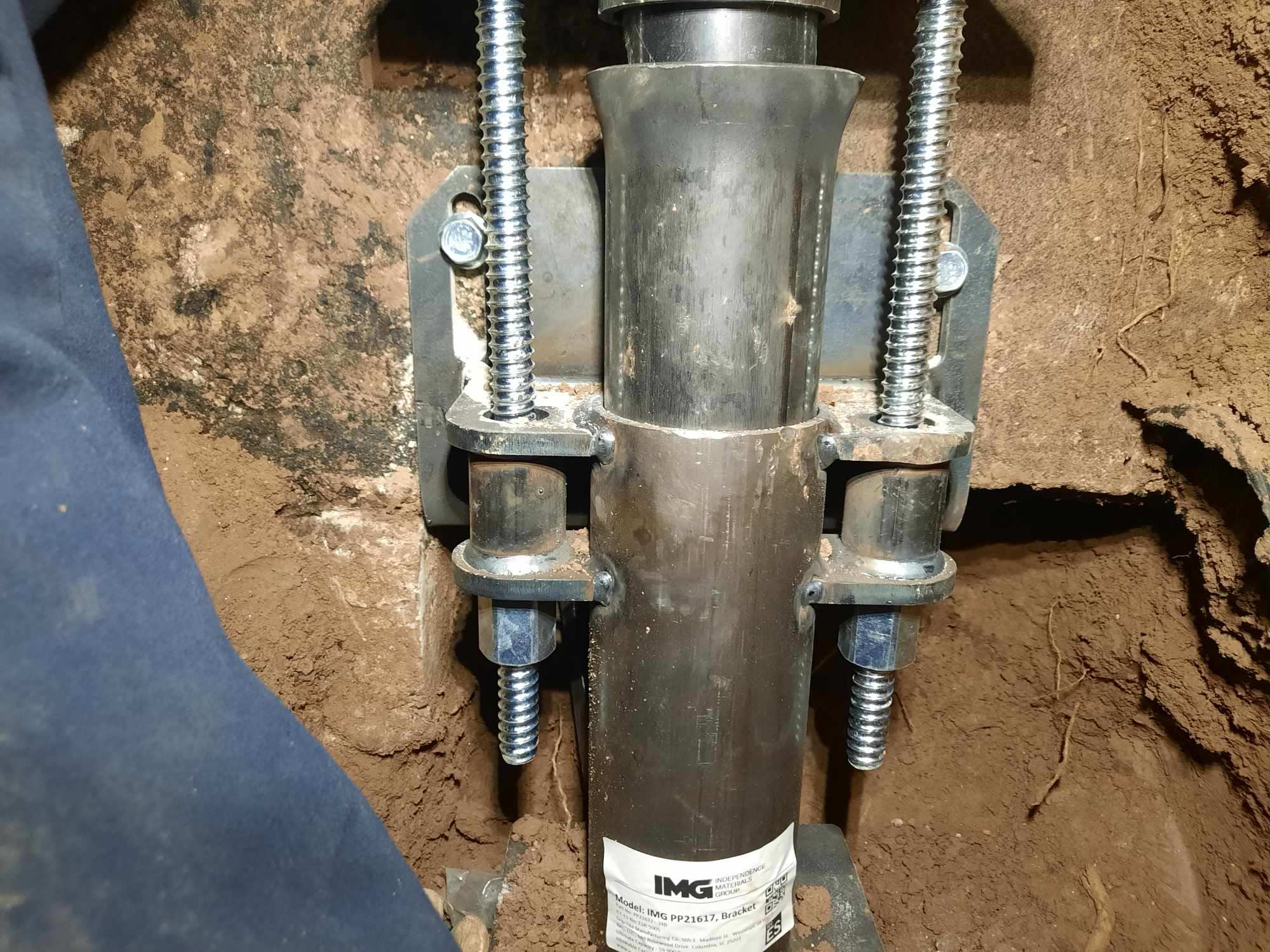by Luke Cronin
Share
by Luke Cronin
Share

Are you grappling with structural issues within your residential or commercial property? Foundation problems can be a nightmare, but fret not! One effective solution that’s gaining momentum in the world of structural engineering is the utilization of helical piers. In this step-by-step guide, we’ll delve into the process of repairing foundations using helical piers, shedding light on the intricate skills of structural engineers, the benefits, and the intricacies of this innovative technique.
Understanding Structural Engineer Skills and Expertise
Before diving into the repair process, let’s acknowledge the crucial role of a structural engineer. These professionals possess a wealth of knowledge in analyzing, designing, and ensuring the stability of structures. When encountering structural failure or issues within a building, seeking a qualified structural engineer near you is paramount. Their expertise covers various elements like columns, beams, trusses, plates, shells, arches, and materials such as iron, timber, alloys, and concrete.
The Significance of Helical Piers in Foundation Repair
Helical piers are engineered steel foundation support systems designed to combat foundation settlement and structural instability. They work by transferring the load of the structure from unstable soil to more stable soil or bedrock. This method proves invaluable for repairing foundations plagued by issues like cracks, settling, or even as a preventative measure against potential problems.
Step-by-Step Guide to Repairing Foundations Using Helical Piers
- Structural Inspection:
Begin with a comprehensive inspection carried out by a qualified residential or commercial structural engineer near you. This inspection assesses the severity of the foundation issues and determines if helical piers are a suitable solution.
- Foundation Preparation:
Excavate around the affected area to expose the foundation footing. This step requires precision to ensure proper access for installing the helical piers.
- Installation of Helical Piers:
Skilled technicians or structural engineers drive the helical piers into the ground beneath the foundation until they reach load-bearing soil or bedrock. These piers consist of a helical plate welded to a steel shaft, offering superior load-bearing capabilities.
- Attaching Brackets:
Once the piers are installed, steel brackets are attached to the foundation footing to support and stabilize the structure.
- Load Transfer:
The weight of the structure is gradually transferred onto the newly installed helical piers, alleviating stress on the weakened foundation.
- Restoration:
After confirming the stability of the structure, the excavated area is backfilled, and any disturbed landscaping or structures are restored to their original state.

